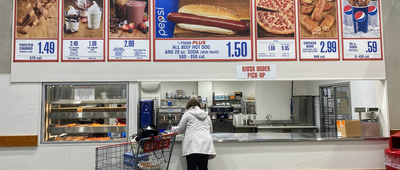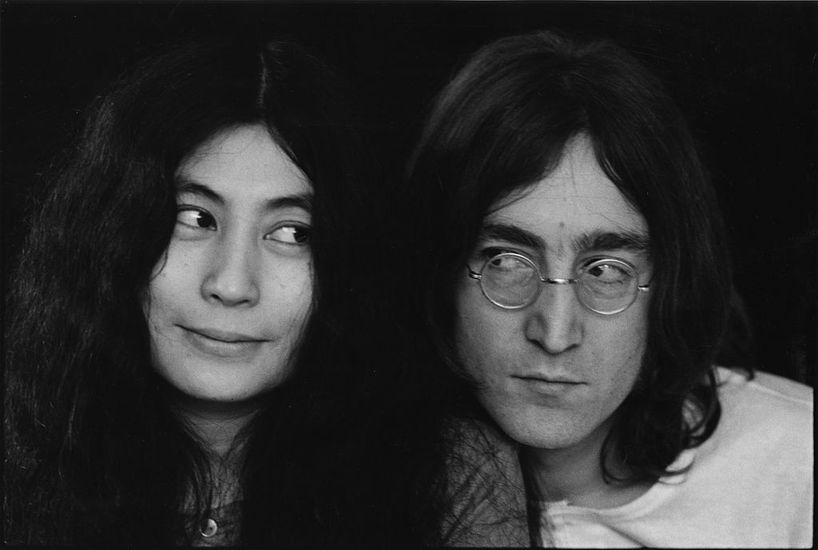A Half-Century of Awesome
One of McDonald's most beloved menu items, the Egg McMuffin, is turning 50 this month. First conceptualized as a twist on Eggs Benedict, the Hollandaise was ditched in favor of cheese, and a star was born. And tasty as it is, this breakfast staple is far from the only thing marking five decades this year. Some of the most prominent inventions, institutions, and pop-culture phenomena that we take for granted today came about back in 1971. From Starbucks to soft contacts and email to Uno, here are 50 other things celebrating the big 5-0 this year.
Related: The Warning Signs You're Turning 50



























































